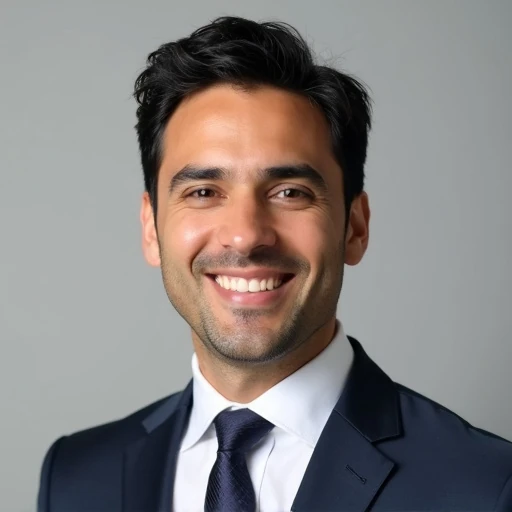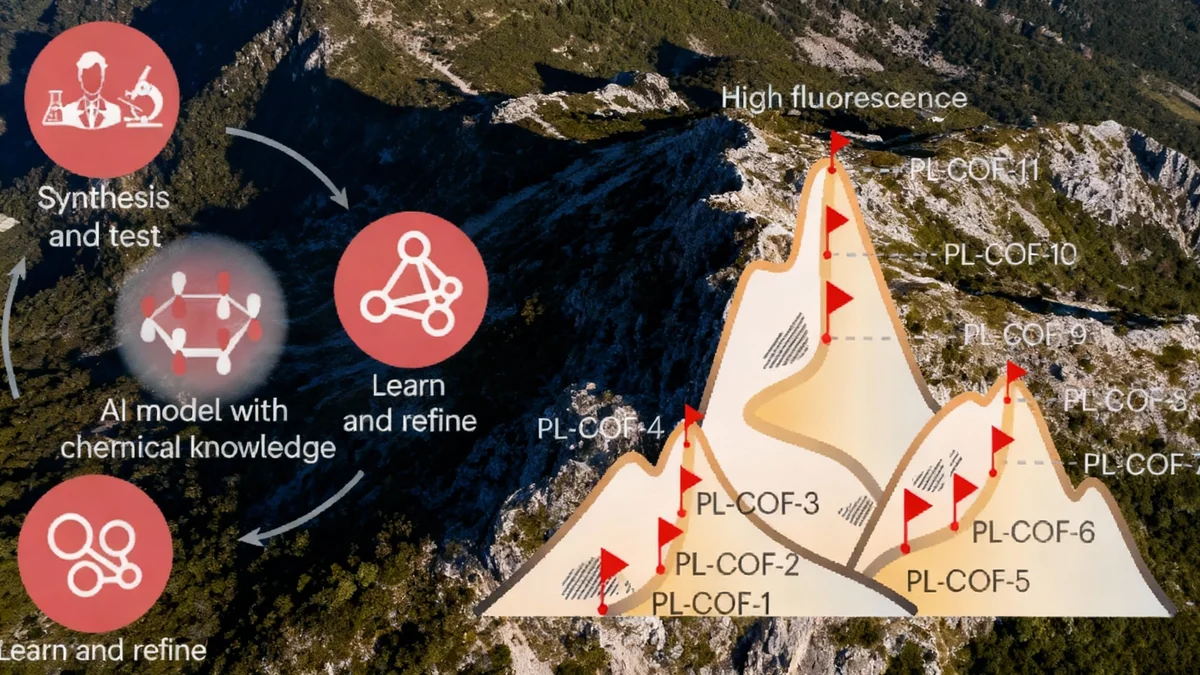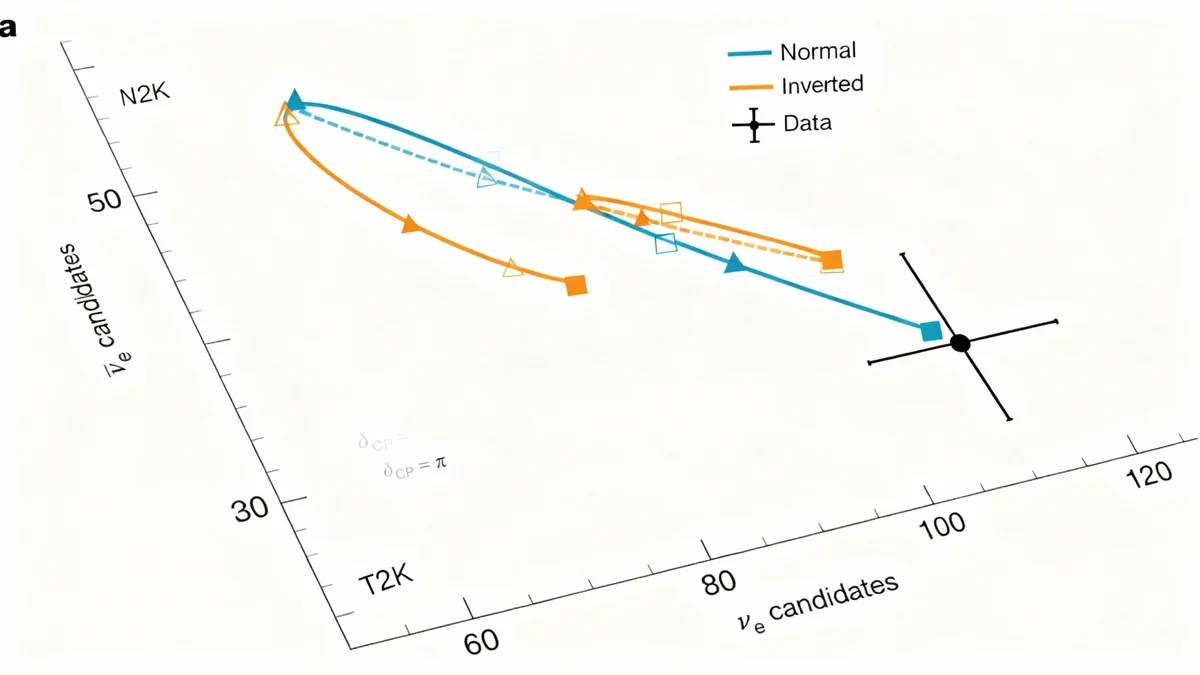Professor Chen Ning Yang, a Nobel Prize-winning physicist whose work formed a cornerstone of modern particle physics, passed away on October 18 in Beijing. He was 103 years old. His death was attributed to illness, according to official announcements from Tsinghua University, where he was a professor and the Honorary Director of the Institute for Advanced Study.
Professor Yang is celebrated for his revolutionary contributions, including the Yang-Mills theory, which is fundamental to the Standard Model of particle physics. He was awarded the 1957 Nobel Prize in Physics, becoming one of the first Chinese citizens to receive the honor.
Key Takeaways
- Professor Chen Ning Yang, a world-renowned physicist, died at the age of 103 in Beijing.
- He won the 1957 Nobel Prize in Physics for his work on parity non-conservation in weak interactions.
- His Yang-Mills theory, developed with Robert Mills, is a foundational element of the Standard Model of particle physics.
- Professor Yang was instrumental in bridging academic exchange between China and the United States starting in the 1970s.
- He spent his later years at Tsinghua University, significantly contributing to China's scientific and educational development.
A Life in Physics
Born in 1922 in Hefei, Anhui Province, Chen Ning Yang's life was intertwined with Tsinghua University from an early age. His family moved to the university campus in 1929. His formal academic journey began in 1938 at the National Southwest Associated University, a joint institution formed during wartime.
He continued his studies at the Tsinghua Graduate School, earning a Master of Science degree in 1944. A year later, he traveled to the United States to pursue doctoral studies at the University of Chicago, where he received his Ph.D. in 1948 under the guidance of renowned physicists.
Pioneering Work in the United States
After completing his doctorate, Professor Yang's career quickly advanced. In 1949, he joined the prestigious Institute for Advanced Study in Princeton, New Jersey, a hub for theoretical research where Albert Einstein also worked. He became a permanent member in 1952 and a full professor in 1955.
In 1966, he accepted the Albert Einstein Professorship at the State University of New York at Stony Brook. There, he founded the Institute for Theoretical Physics, which was later renamed the C.N. Yang Institute for Theoretical Physics in his honor. He remained there until his retirement in 1999.
A Global Academic Career
Professor Yang held influential positions across the globe. Alongside his primary roles in the U.S., he served as a Distinguished Professor-at-large at the Chinese University of Hong Kong starting in 1986, reflecting his deep and continuous ties to academia in his home country.
Revolutionary Scientific Contributions
Professor Yang is widely regarded as one of the most important physicists of the 20th century. His work fundamentally altered the understanding of the universe's basic forces.
The Yang-Mills Theory
In collaboration with Robert Mills, Professor Yang developed the Yang-Mills gauge theory. This mathematical framework describes the interactions of elementary particles and has become an essential component of the Standard Model of particle physics.
The Yang-Mills theory is often placed alongside Maxwell's equations for electromagnetism and Einstein's theory of general relativity as one of the three foundational pillars of modern physics.
The Nobel-Winning Discovery
His most famous achievement came in 1957 when he and his colleague Tsung-Dao Lee were awarded the Nobel Prize in Physics. Their work challenged a long-held principle known as the conservation of parity.
Their groundbreaking research demonstrated that in certain subatomic processes, specifically weak interactions, nature does not behave the same way in a mirror image. This concept of parity non-conservation was a revolutionary idea that opened new avenues in particle physics.
This award marked a historic moment, as they were the first two Chinese scientists to become Nobel laureates.
Further Breakthroughs
Professor Yang's influence extended far beyond these two major contributions. He also discovered the Yang-Baxter equation, a key formula for understanding one-dimensional quantum many-body systems. This work has had a significant impact on various fields, including:
- Statistical physics
- Quantum groups
- Condensed matter physics
- Quantum field theory
Throughout his career, he was honored with numerous international awards, including the U.S. National Medal of Science (1986), the Benjamin Franklin Medal (1993), and the King Faisal International Prize for Science (2001).
A Bridge Between Nations
Professor Yang maintained a deep connection to his homeland and played a crucial role in rebuilding China's scientific community and its connections to the world.
His visit to China in 1971 was a pivotal event. It occurred before official diplomatic relations were fully normalized and is credited with initiating a wave of academic exchanges between Chinese and overseas scholars, particularly from the United States.
He actively advised China's leadership on the importance of strengthening basic scientific research. To support this goal, he helped establish the “Committee on Educational Exchange with China.” This organization raised funds to sponsor nearly 100 Chinese scholars for advanced studies in the U.S., many of whom returned to become leaders in China's scientific and technological sectors.
Return to Tsinghua and Lasting Legacy
After his retirement from Stony Brook, Professor Yang fully dedicated himself to education in China. In 1997, he became the Honorary Director of the newly established Center for Advanced Study at Tsinghua University, which was later renamed the Institute for Advanced Study. He formally joined the university as a professor in 1999.
He poured his energy into developing fundamental disciplines at Tsinghua and mentoring a new generation of scientists. His efforts had a profound impact on the reform and advancement of higher education across China.
Professor Yang’s life philosophy was captured in a saying he favored: “Better to be genuine than clever; better to be simple than ornate.” This principle guided both his rigorous scientific inquiry and his personal conduct. His life's work remains an enduring legacy, not just for China, but for the global pursuit of knowledge.





